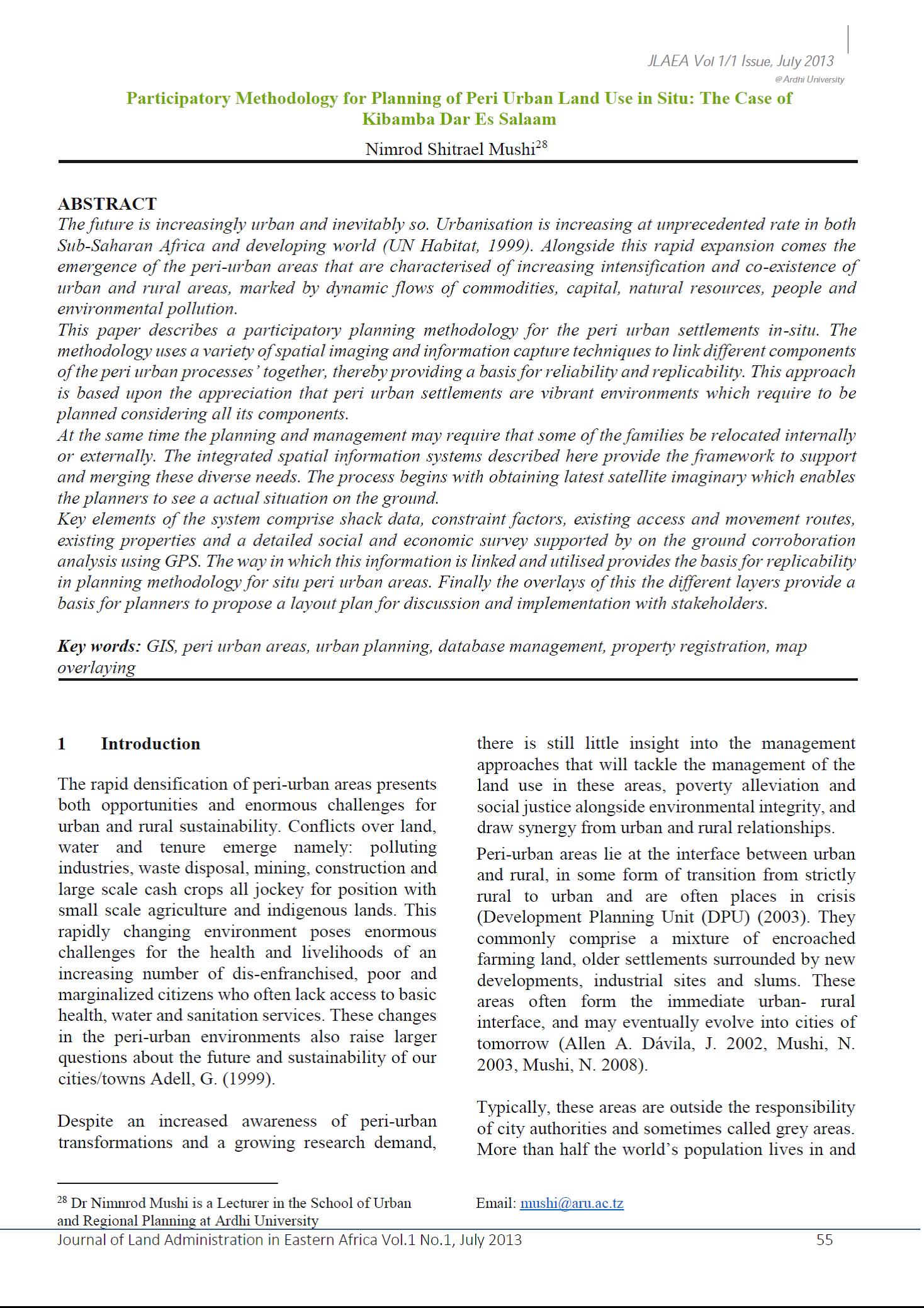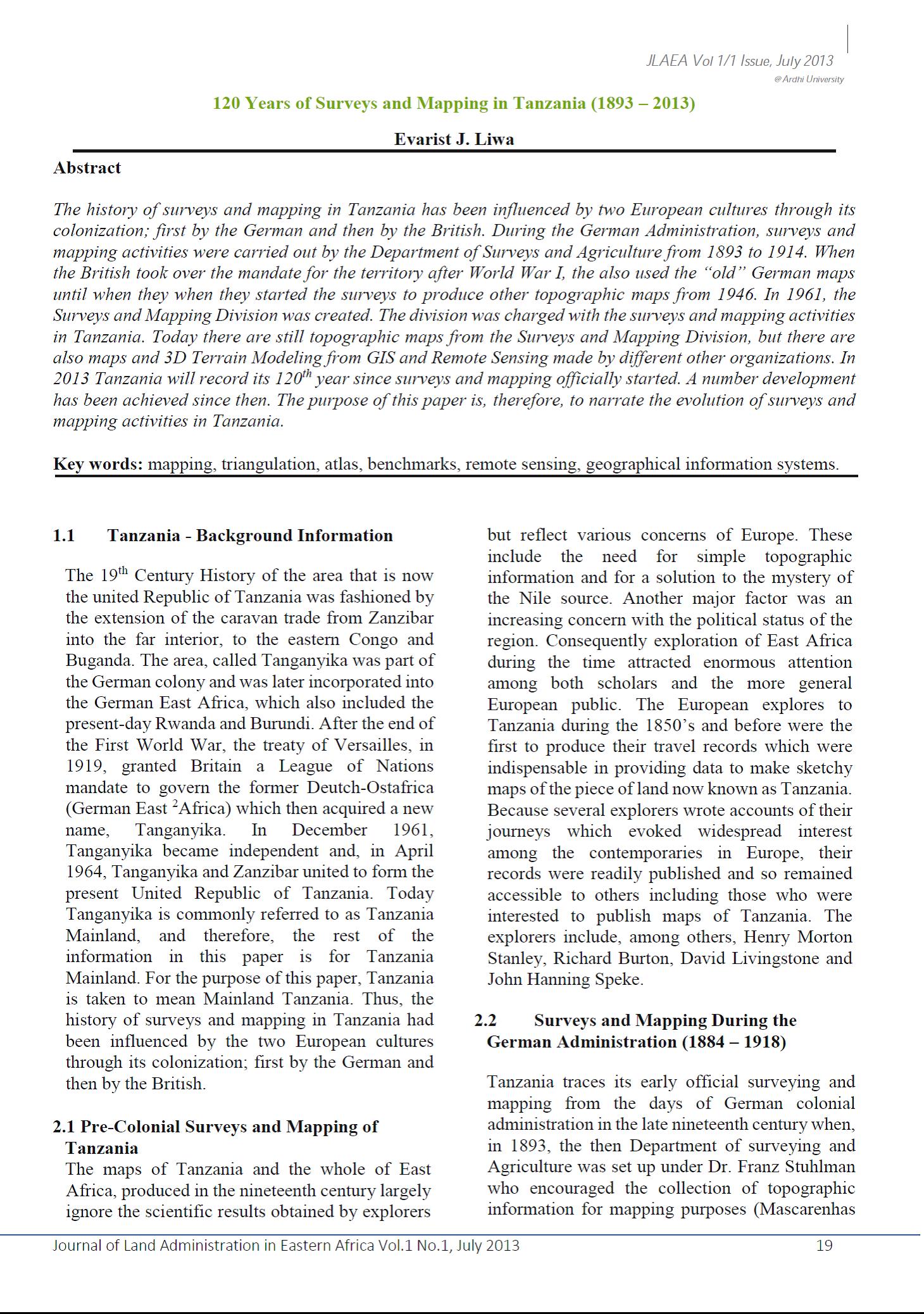Land use map of Rwanda
The present report gives the complete description of the preparation of a land use map and also the preparation of a national map of livestock intensity, needed as LUS input. The present method allows the preparation of a multi-country land use map in two weeks with the work of 13 experts, and is comparable to the continuous of 130 working days. Further to that, the LUS has been validated with the support of GIS consultants.





